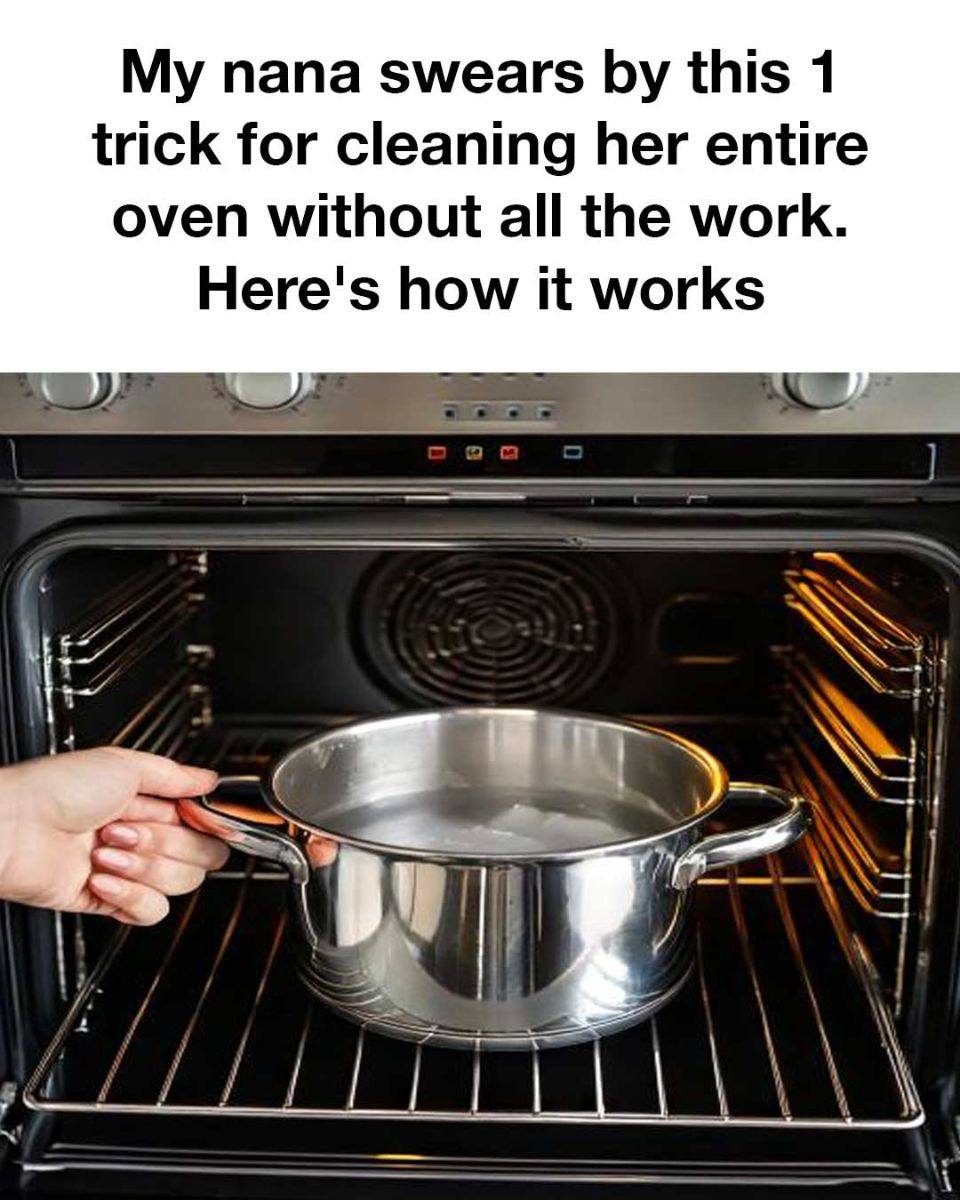ADVERTISEMENT
Safety Precautions When Using Ammonia
Ventilation is Key: Ensure the area is well-ventilated to avoid inhaling fumes.
Wear Gloves: Protect your skin by wearing gloves while handling ammonia.
Avoid Mixing Chemicals: Never mix ammonia with other cleaning agents, especially bleach, as this can create toxic gases.
Storage: Keep ammonia out of reach of children and pets, and store it in a cool, dry place.
Additional Tips for Maintaining a Clean Oven
Wipe Spills Immediately: Clean up spills as soon as they happen to prevent buildup.
Use Liners: Place oven liners or baking sheets beneath dishes to catch drips and crumbs.
Clean Racks Separately: Remove and clean oven racks regularly to prevent grime accumulation.
Regular Maintenance: Incorporate light cleaning into your routine to avoid deep-cleaning sessions.
Frequently Asked Questions About the Water and Ammonia Method
Q: Can I use this method for self-cleaning ovens?
Yes, but check your oven’s manual for instructions on self-cleaning cycles. The ammonia method can be a supplementary cleaning option.
Q: Is it safe to leave ammonia in the oven overnight?
Yes, as long as the oven is turned off and the kitchen is well-ventilated.
Q: What if I dislike the smell of ammonia?
Add a few drops of essential oil to the boiling water to help mask the ammonia smell.
Conclusion: A Sparkling Clean Oven with Minimal Effort
With this simple and effective trick, cleaning your oven no longer needs to be a chore. The water and ammonia method is a time-tested solution that requires minimal effort, saves you time, and avoids harsh chemicals. Try it out and enjoy the satisfaction of a sparkling clean oven, ready for your next culinary adventure!
